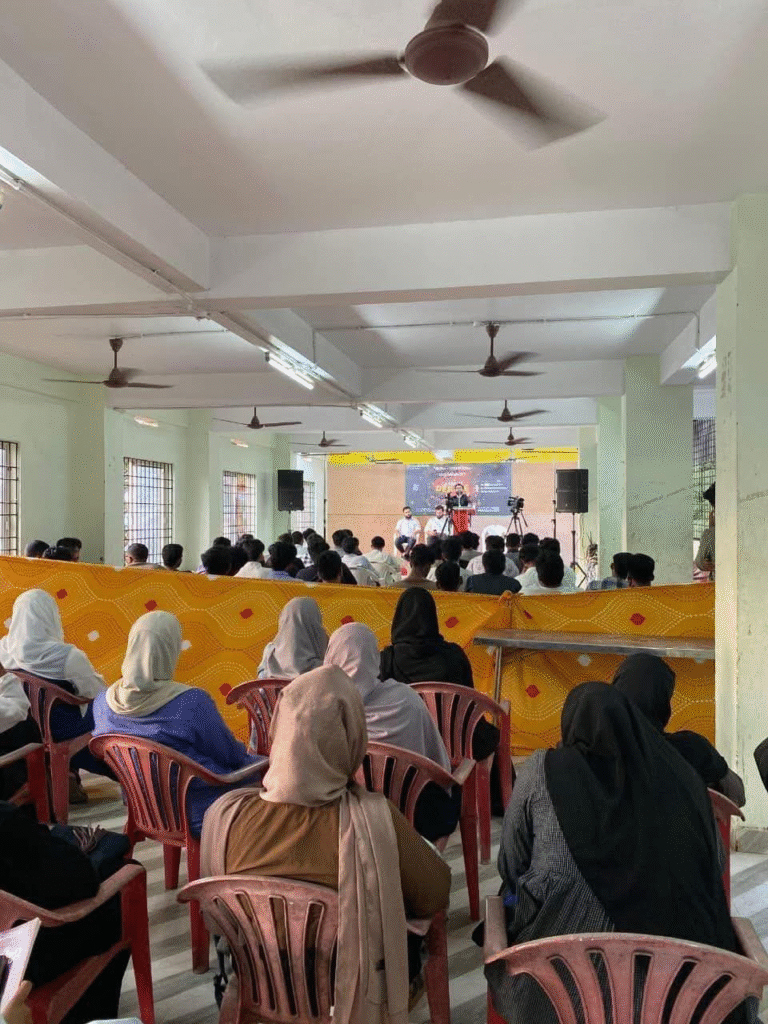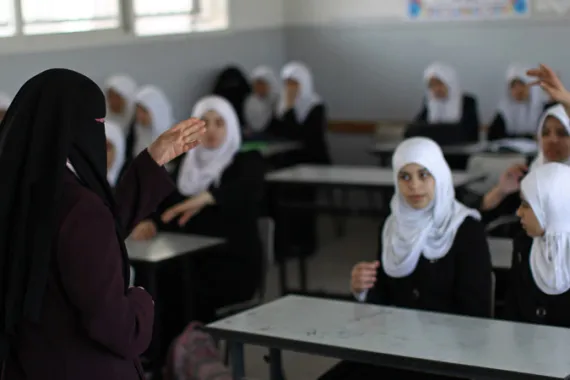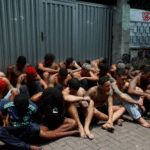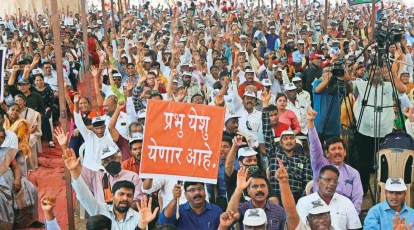Viral Video of “Gender-Divided Classroom” Traced to Maharashtra, Not Kerala — Fact Check Reveals Truth Behind 2-Min Clip
A viral 2-minute video showing boys and girls seated separately in a classroom is being falsely linked to Kerala
A short classroom video showing boys and girls seated separately has gone viral across social media, sparking intense debate over gender segregation in schools. The 2-minute clip, widely shared with claims that it was filmed in a Kerala government school, has now been proven to originate from Maharashtra, not Kerala. A detailed fact check by multiple media outlets and digital verification teams has debunked the false claims, clarifying that the video was miscaptioned and misused to target Kerala’s education system.

The viral clip surfaced earlier this week on X (formerly Twitter), Facebook, and Instagram, showing a classroom filled with students sitting in two distinct groups — boys on one side and girls on the other. The video was captioned by several users as an example of “Kerala’s progressive education system turning regressive,” alleging that gender segregation was being implemented in state-run schools.
Within hours, the video gained millions of views and thousands of shares, triggering a flurry of reactions. Several users expressed disappointment, assuming it was evidence of gender-based discrimination in Kerala’s schools. Others criticized what they described as a “double standard” in the state’s model of education, which is often praised for inclusivity and modern values.
However, fact-checkers and journalists soon noticed inconsistencies in the visuals and environment shown in the clip.
A detailed verification process conducted by Alt News, BoomLive, and other independent fact-checkers revealed that the viral video was not shot in Kerala. Using reverse image search and video metadata analysis, investigators traced the footage to a Zilla Parishad school in Maharashtra’s Beed district.

In the clip, the blackboard in the background has Marathi writing, not Malayalam — a crucial clue that disproved the Kerala claim. Moreover, the school furniture and wall charts also matched those typically seen in rural Maharashtra government schools.
When contacted, a senior education officer from Beed district confirmed that the video was recorded earlier this year during a local school’s classroom session. “The students were seated separately that day due to a temporary arrangement for a cleanliness inspection and not as part of any gender segregation policy,” the official clarified.
The Kerala Education Department swiftly responded to the viral misinformation, issuing a statement rejecting the association. “No such gender-based seating arrangement exists in Kerala government schools. The video being circulated is not from our state,” said a spokesperson for the General Education Department, Kerala.
Kerala’s education system has long been recognized for its focus on gender equality, with mixed-gender classrooms being the norm across public and private institutions. Officials emphasized that attempts to link the video to Kerala were politically motivated or aimed at spreading misinformation.
Meanwhile, authorities in Maharashtra’s Beed district provided further context to the incident. According to school staff, the separate seating arrangement seen in the clip was temporary, created during a health and sanitation drive. Teachers reportedly divided students into two groups to manage crowding and maintain order during the event.
“The video was recorded by a parent who later shared it on WhatsApp without any malicious intent. Unfortunately, it was later picked up by others and spread online with false claims,” said a local education officer.
Officials also confirmed that the school continues to operate with mixed seating arrangements, and there is no official instruction or policy enforcing gender segregation.

Despite clarifications, the clip continued to circulate online with misleading captions. Some users, unaware of the fact-check, used the video to criticize Kerala’s alleged “conservative turn.” Others falsely claimed it reflected a new education directive.
Experts warn that such viral misinformation often spreads faster than official clarifications. “When a video aligns with people’s biases or expectations, they are more likely to share it without verifying its source,” said Dr. Meera Menon, a digital media researcher. “In this case, Kerala’s reputation for progressive education made the false claim more shocking and, therefore, more viral.”
Fact-checkers highlighted that this pattern — using unrelated videos to target states or communities — has become increasingly common in Indian social media spaces.
This incident underscores the growing threat of misinformation in the digital age. A short, contextless video can easily be weaponized to shape public perception or stir controversy. Without verification, viewers often assume that the captions accompanying viral videos are accurate.
Digital analysts emphasize that many such clips are old, edited, or taken out of context. Platforms like X, Facebook, and YouTube have attempted to counter this trend through community notes, fact-check labels, and algorithmic detection, but false content continues to spread rapidly.
“Users need to adopt a habit of skepticism,” said Rajiv Sinha, a fact-checker at BoomLive. “A quick reverse search or checking reputable news outlets can prevent the spread of such misinformation. Once a false claim goes viral, the damage is hard to reverse.”
Incidents like these not only mislead the public but also harm the reputation of educational systems and teachers. Kerala’s model of education has consistently ranked among the top in India, with emphasis on inclusivity, gender balance, and quality learning outcomes. False claims suggesting gender segregation risk undermining this credibility and may even polarize social discourse.
Similarly, Maharashtra’s schools, especially in rural regions, are working toward improving infrastructure, teacher training, and gender inclusivity. Isolated visuals taken out of context can distort these efforts and paint an inaccurate picture of the state’s educational environment.
Journalists and media organizations have also been urged to exercise caution before amplifying viral content. In this case, some smaller digital outlets and influencers shared the video without verifying its origin, further fueling confusion.
The Press Information Bureau (PIB) and Fact Check Unit under the Government of India have reiterated that sharing unverified media can lead to public misunderstanding and legal consequences under the Information Technology Act.
Citizens are advised to cross-check any viral claim through official channels or reputed fact-checking websites before forwarding or commenting on such posts.
Read Also : Cyclone Montha Weakens After 72 Hours of Fury; IMD Issues Heavy Rain Alert for 10+ Maharashtra Districts








